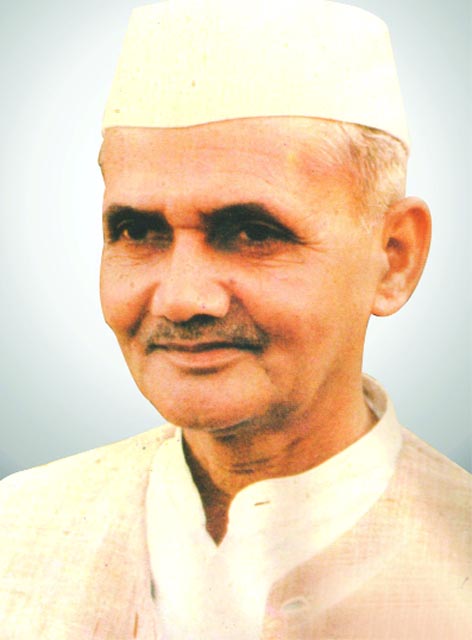Important Facts For Prelims
Lal Bahadur Shastri Jayanti
- 03 Oct 2020
- 2 min read
Why in News
2nd October is the birth anniversary of Lal Bahadur Shastri. He served as the second Prime Minister of India.
Key Points
- He was born on 2nd October, 1904 in Mughalsarai, a small railway town seven miles from Varanasi in Uttar Pradesh.
- Participated in the freedom movement since 1930.
- He joined the Kashi VidyaPeeth in Varanasi, one of the many national institutions set up in defiance of the British rule.
- ‘Shastri’ was the bachelor’s degree awarded to him by the Vidya Peeth but has stuck in the minds of the people as part of his name.
- He was minister in the Union Cabinet from 1951 to 1956 when he resigned taking responsibility for the railway accident and later from 1957-1964.
- He was India’s second Prime Minister (1964-66).
- During Shastri’s brief Prime Ministership, the country faced two major challenges. While India was still recovering from the economic implications of the war with China (1962), failed monsoons, drought and serious food crisis presented a grave challenge. The country also faced a war with Pakistan in 1965.
- Shastri’s famous slogan ‘Jai Jawan Jai Kisan’, symbolised the country’s resolve to face both these challenges.
- Shastri’s Prime Ministership came to an abrupt end on 10th January 1966, when he suddenly expired in Tashkent, then in USSR and currently the capital of Uzbekistan.
- He was there to discuss and sign an agreement (Tashkent Agreement) with Muhammad Ayub Khan, the then President of Pakistan, to end the war.
- He signed an agreement with then Ceylon (now Sri Lanka) on persons of Indian origin there, in 1964 — an endorsement of the importance of neighbourhood.
- He was the first person to be posthumously awarded the Bharat Ratna (1966).




